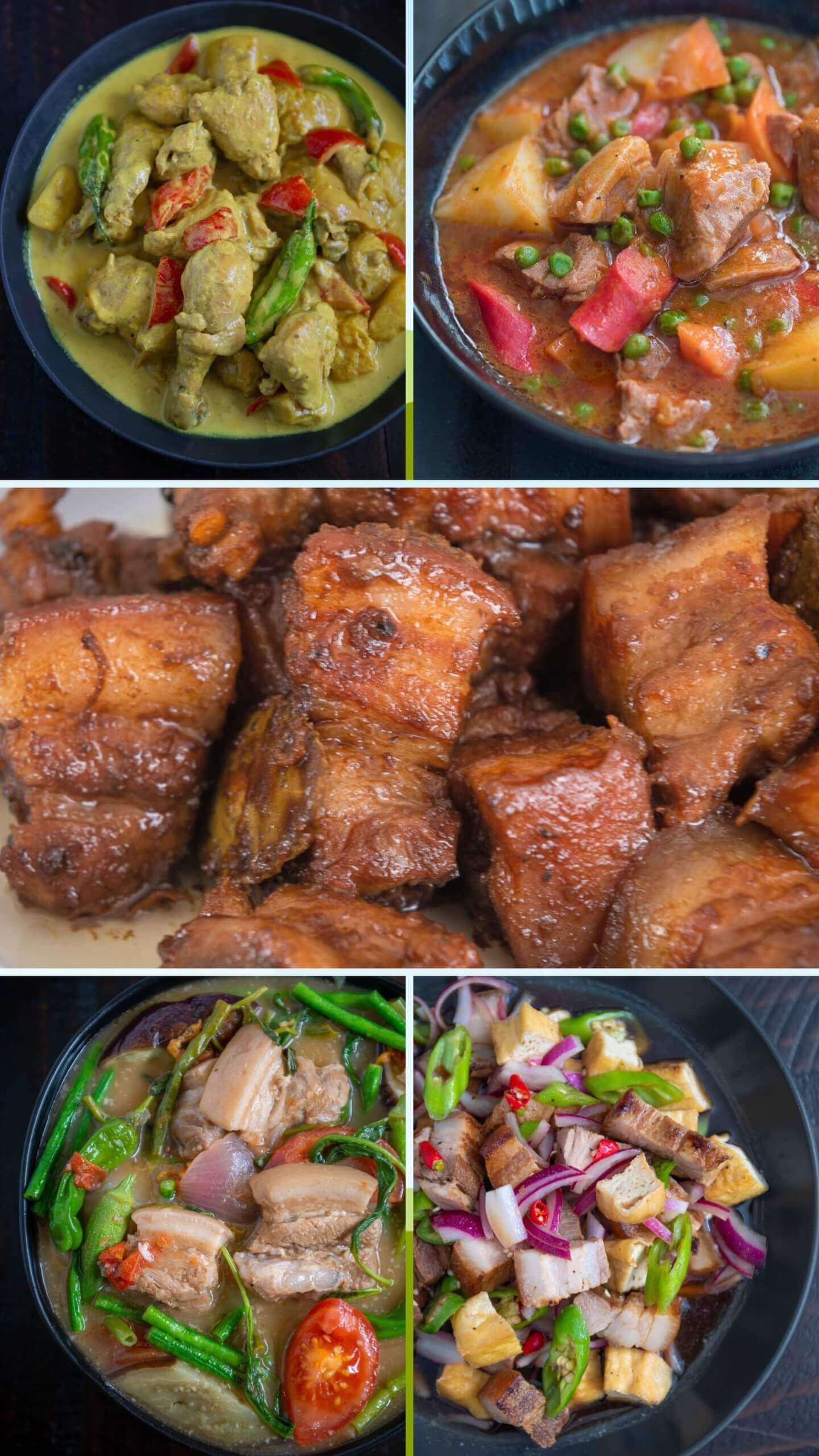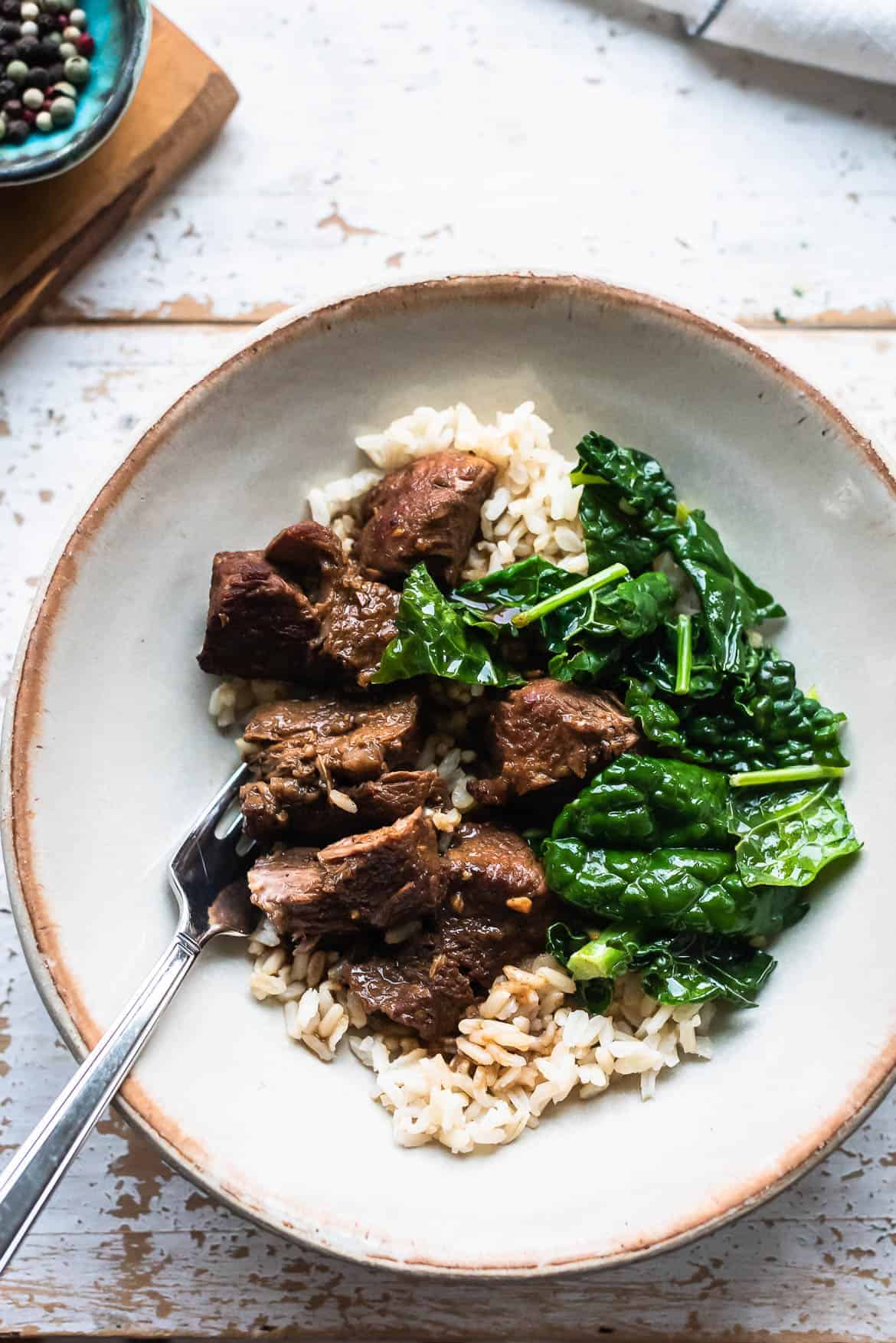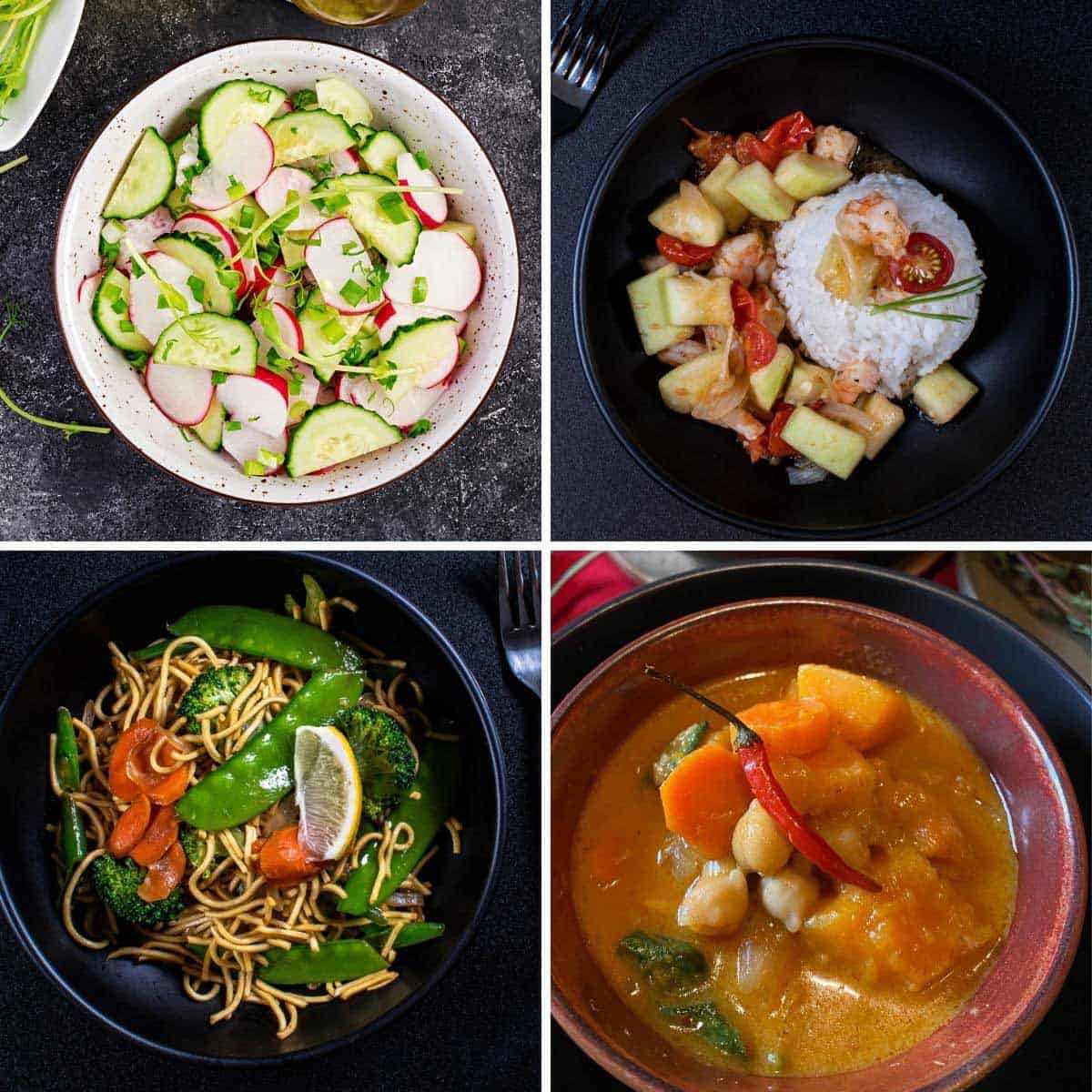Delicious Filipino Food Recipes for Holidays and Celebrations.
Delicious Filipino Food Recipes for Holidays and Celebrations.
Blog Article
Discover the Rich Taste of Filipino Food With These Must-Try Recipes
Filipino food supplies an impressive tapestry of flavors that reflect the country's abundant social heritage. Each meal informs a tale, from the mouthwatering deepness of Adobo to the refreshing flavor of Sinigang, welcoming cooking lovers to check out a varied range of tastes.
Adobo: The Iconic Recipe
Adobo has become the ultimate recipe of Filipino cuisine, exciting tastes both in your area and abroad. This cherished meal is characterized by its distinct combination of full-flavored, sour, and slightly wonderful tastes, accomplished with a careful marination process. Commonly, adobo is prepared utilizing chicken or pork, although variations exist that include fish and shellfish and veggies.
The basic components of adobo consist of soy sauce, vinegar, garlic, bay leaves, and black pepper, which together develop a rich and aromatic sauce. The food preparation technique usually involves simmering the meat in the marinate, permitting it to take in the complex flavors while softening. This procedure not only boosts the taste yet also acts as a natural preservative, making adobo an excellent dish for storage space.
Adobo is typically offered with steamed rice, which matches its robust taste profile. Whether appreciated at home or in dining establishments, adobo continues to be a staple that personifies the essence of Filipino hospitality, making it a must-try for anyone exploring this lively food.

Sinigang: A Tangy Delight
Another keystone of Filipino cuisine is sinigang, a meal commemorated for its distinctive zesty taste. This tasty soup is commonly made with a selection of meats, consisting of pork, beef, shrimp, or fish, and is characterized by its sour broth, which commonly derives from tamarind, environment-friendly mango, or calamansi. The balance of level of acidity and umami produces a rejuvenating contrast that is both soothing and stimulating.
Sinigang is frequently enriched with a variety of fresh vegetables such as radish, eggplant, water spinach, and string beans, adding not only to the meal's flavor account but additionally to its dietary worth - Filipino food recipes. Each family members might have its own version, with regional variants that mirror local components and social impacts
The prep work of sinigang entails simmering the picked meat up until tender, adhered to by the enhancement of the souring representative and veggies. This method enables the flavors to blend beautifully, resulting in a hearty and gratifying meal. Generally served with fit to be tied rice, sinigang personifies the significance of Filipino friendliness and is a precious staple, often taken pleasure in throughout household events and special celebrations.
Lechon: The Festive Roast
Lechon, often considered as the centerpiece of festive Filipino celebrations, is a succulent roasted pig recognized for its crunchy skin and tender, flavorful meat. This famous dish is deeply rooted in Filipino culture, frequently gracing tables during birthday celebrations, wedding events, and significant vacations. The preparation of lechon is an art form, requiring meticulous attention to information, from marinating the pig with a blend of seasonings to making sure an even roast over an open fire or in a specialized stove.
Typically, the pig is skilled look at here now with a combination of salt, pepper, and regional natural herbs, imparting an abundant flavor that matches its natural juiciness. The cooking procedure great site can take numerous hours, during which the skin changes right into a perfectly crunchy layer, developing a delightful comparison to the delicious meat below.
Lechon is commonly served with a side of liver sauce or vinegar dip, improving its savory profile. It is not simply a dish yet a common experience, as friends and families collect around to enjoy this luxurious dish. The scent of lechon wafting with the air is an invite to delight, making it a cherished sign of party in Filipino culture.
Kare-Kare: Oxtail Stew
Kare-Kare, a rich and hearty oxtail stew, holds an unique area in Filipino culinary custom, commemorated for its unique flavor profile and vivid presentation (Filipino food recipes). This dish is defined by its lush peanut sauce, which is created by grinding roasted peanuts or utilizing peanut butter, offering it a velvety and nutty significance. Commonly, kare-kare features tender oxtail, although variations may consist of tripe or beef shank, each adding to the stew's depth of flavor
The preparation of kare-kare commonly includes slow-cooking the meat until it ends up being incredibly tender. The addition of a selection of veggies, such as eggplant, string beans, and banana hearts, not only enhances the stew's nutritional worth however likewise its visual appeal. Served with a side of bagoong, or fermented shrimp paste, kare-kare beautifully stabilizes its abundant, full-flavored notes with a salted kick.
Commonly delighted in during unique celebrations and family members celebrations, kare-kare symbolizes the essence of common dining in Filipino culture. Its delightful intricacy and calming warmth make it a recipe that is not just pleasing to the taste buds yet also stimulates a feeling of nostalgia for many Filipinos worldwide.

Halo-Halo: A Dessert Treat
Halo-halo is typically considered the quintessential Filipino treat, celebrated for its lively mix of structures and tastes - Filipino food recipes. This delightful mixture is a perfect representation of the Philippines' rich cooking heritage, integrating different active ingredients that come together to create a revitalizing and indulgent treat, especially throughout heat
At its core, halo-halo attributes crushed ice covered with an array of ingredients, consisting of sweetened beans, jellies, fruits like bananas and jackfruit, and velvety leche flan. A charitable scoop of ube (purple yam) gelato crowns the mix, including a rich, creamy taste that boosts the treat. The layering of components not only develops a banquet for the eyes yet additionally provides a complicated interplay of sweet taste and texture in every dose.
Commonly offered in a glass, halo-halo urges diners to mix the components prior to relishing. This common facet enhances the dessert's charm, as everyone's version can be distinctively customized. Whether appreciated as a road food extravagance additional reading or an unique celebration reward, halo-halo stays a cherished sign of Filipino culture, inviting everybody to explore its delightful and diverse flavors.
Final Thought

Report this page